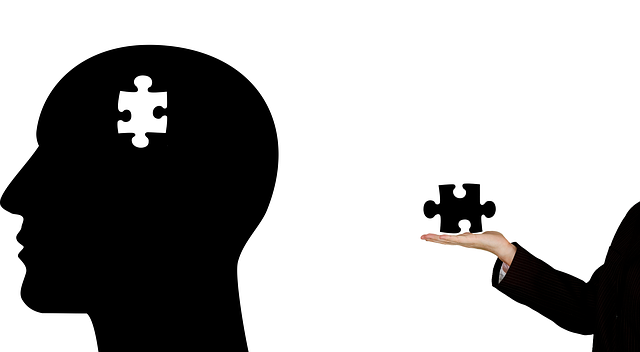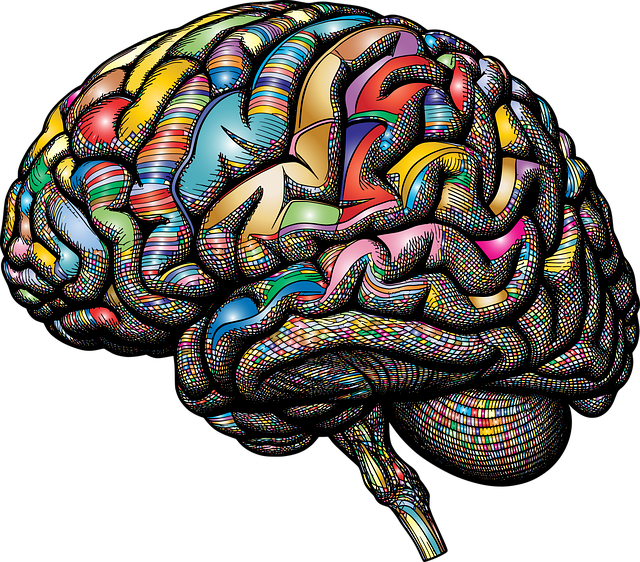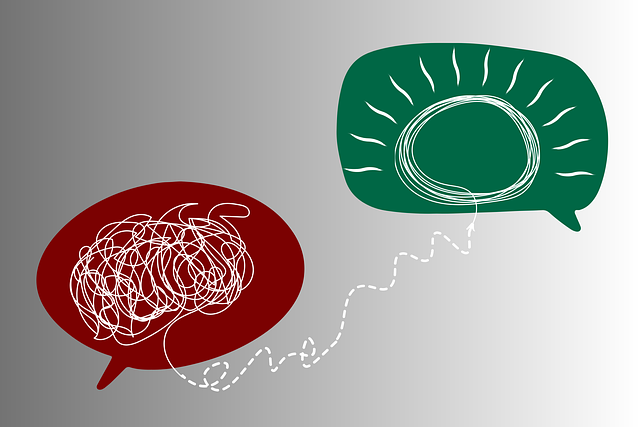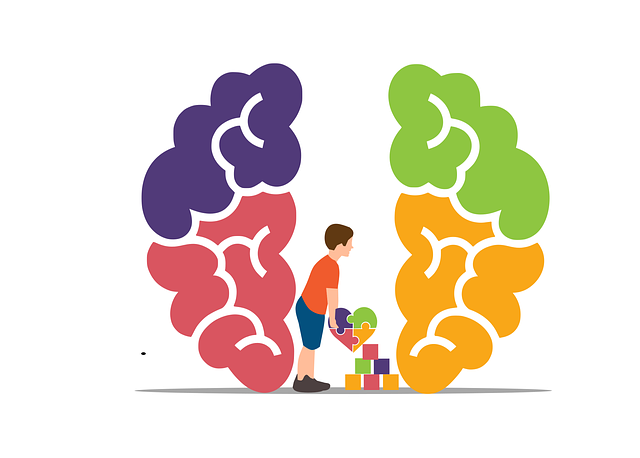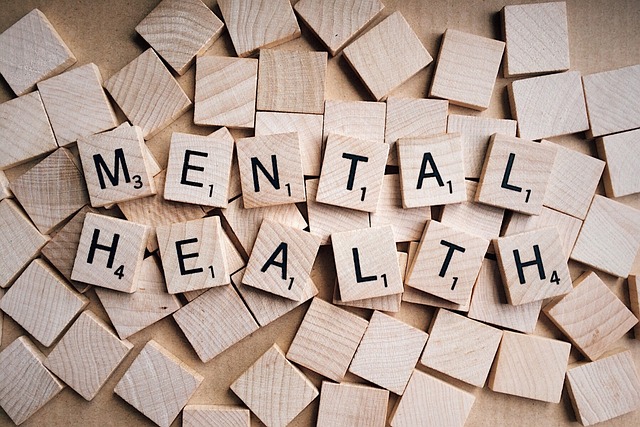Understanding mental wellness programs' efficacy involves evaluating their tailored approaches, including Castle Rock Hypnosis Therapy, which leverages hypnosis for subconscious transformation. These programs aim to improve emotional, psychological, and social well-being through diverse techniques like Mental Wellness Coaching, Compassion Cultivation, and Inner Strength Development. Robust evaluation methods assess satisfaction, behavioral changes, and mental health symptom improvements, crucial for refining service delivery. Beyond satisfaction surveys, advanced metrics capture both immediate and long-term outcomes, ensuring programs lead to significant enhancements in overall mental wellness. Continuous improvement through participant feedback, cultural sensitivity training, and refinement sessions ensures Castle Rock Hypnosis Therapy remains impactful for diverse mental health needs.
In today’s fast-paced world, mental wellness programs are becoming increasingly vital for employee well-being. This article explores comprehensive evaluation methods to ensure these programs deliver tangible results. From understanding the foundation of mental wellness initiatives to delving into specific tools like Castle Rock Hypnosis Therapy, we provide insights on measuring effectiveness through diverse metrics. Additionally, we weigh the balance between qualitative and quantitative approaches, emphasizing continuous improvement strategies for optimal mental health support.
- Understanding Mental Wellness Programs: A Foundation for Evaluation
- The Role of Castle Rock Hypnosis Therapy in Program Design
- Assessing Effectiveness: Metrics and Measurement Tools
- Qualitative vs. Quantitative Methods: Balancing Insights
- Continuous Improvement: Iterating Your Mental Wellness Initiative
Understanding Mental Wellness Programs: A Foundation for Evaluation

Understanding mental wellness programs is a crucial step before evaluating their effectiveness. These programs are designed to promote and support individuals’ emotional, psychological, and social well-being. They often incorporate various therapeutic techniques, such as Castle Rock Hypnosis Therapy, alongside practices like Mental Wellness Coaching Programs Development, Compassion Cultivation Practices, and Inner Strength Development. Each program tailors its approach to address specific mental health concerns, ranging from stress management and anxiety reduction to improving overall life satisfaction and resilience.
Evaluation is essential to gauge the success and impact of these initiatives. By employing robust evaluation methods, practitioners can measure the program’s reach, engagement, and outcomes. This includes assessing participant satisfaction, tracking behavioral changes, and evaluating improvements in mental health symptoms. Such evaluations not only ensure accountability but also inform future iterations, allowing for continuous improvement and refinement of Mental Wellness Coaching Programs Development, Compassion Cultivation Practices, and Inner Strength Development initiatives to better serve those seeking support for their mental wellness journey.
The Role of Castle Rock Hypnosis Therapy in Program Design

Castle Rock Hypnosis Therapy plays a pivotal role in designing effective mental wellness programs. By leveraging the power of hypnosis, therapists can help individuals access their subconscious minds, where many deep-rooted issues and limiting beliefs reside. This method facilitates profound changes, promoting positive thinking and self-esteem improvement. It’s not just about relaxation; hypnosis provides a unique space for reprogramming thoughts and behaviors, essential components in any holistic mental wellness journey.
Incorporating Castle Rock Hypnosis Therapy into program design offers tailored guidance for personal growth. Through guided imagery and suggestive language, participants can explore their minds, uncover self-sabotaging patterns, and replace them with empowering beliefs. This approach is particularly beneficial for those seeking to enhance their emotional well-being, as it goes beyond surface-level solutions, targeting the root causes of stress, anxiety, or other mental health challenges. Additionally, this therapy complements other mental wellness practices, such as journaling exercises, by providing deeper insights and enhancing their effectiveness.
Assessing Effectiveness: Metrics and Measurement Tools

Evaluating the effectiveness of mental wellness programs is paramount to understanding their impact and making informed improvements. At Castle Rock Hypnosis Therapy, we recognize that assessing success goes beyond simple satisfaction surveys. Metrics and measurement tools should capture both immediate and long-term outcomes, encompassing a range of psychological, emotional, and behavioral changes.
This comprehensive approach includes tracking improvements in symptoms associated with anxiety, depression, stress management, and emotional regulation (as measured by validated scales). Additionally, we consider the integration of cultural sensitivity in mental healthcare practice, ensuring tailored interventions that respect diverse backgrounds and experiences. Ultimately, a well-designed Mental Health Education Programs can lead to significant shifts in participants’ overall mental wellness, fostering resilience and improved quality of life.
Qualitative vs. Quantitative Methods: Balancing Insights

When evaluating mental wellness programs, researchers often grapple with choosing between qualitative and quantitative methods. Qualitative approaches, like interviews and focus groups, offer deep insights into participants’ subjective experiences, providing rich context for understanding their mental health journeys. This method is particularly valuable in fields like Castle Rock Hypnosis Therapy, where exploring personal narratives and emotional responses can reveal unique patterns and effects.
On the other hand, quantitative methods, such as surveys and statistical analyses, provide measurable data on program effectiveness. They help quantify outcomes, allowing for comparisons across different interventions. While less detailed than qualitative methods, they offer a broader perspective and are essential for gauging public awareness campaigns development and risk assessment in mental health professions. For instance, stress management programs can utilize quantitative data to demonstrate their impact on reducing anxiety levels within a community.
Continuous Improvement: Iterating Your Mental Wellness Initiative

Mental wellness initiatives are never static; they evolve and improve over time, just like Castle Rock Hypnosis Therapy programs. Continuous improvement is a cornerstone of successful mental health management. Regularly reviewing and updating your strategies ensures that you address emerging challenges and incorporate new insights from research and best practices. This iterative process involves several key steps: collecting feedback from participants through self-Awareness Exercises, analyzing the impact of interventions to identify areas for enhancement, and integrating these findings into future sessions or programs.
For instance, after implementing Confidence Boosting techniques in your workshops, you can measure changes in attendee confidence levels pre- and post-program. If results show significant improvements, this strengthens the program’s effectiveness. Conversely, if there are gaps, it may signal a need for adjustment or additional training, perhaps even prompting Healthcare Provider Cultural Competency Training to tailor interventions to diverse participant backgrounds. Such ongoing refinement ensures that your mental wellness initiatives remain not just effective but also relevant and impactful.
Mental wellness programs, enriched by strategies like Castle Rock Hypnosis Therapy, significantly contribute to individual well-being. Effective evaluation methods, employing both qualitative and quantitative approaches, are pivotal in understanding program success. By meticulously assessing metrics and utilizing diverse measurement tools, organizations can iteratively improve their mental wellness initiatives. This continuous improvement process ensures that programs remain relevant, tailored, and impactful in fostering healthier minds within the community.
